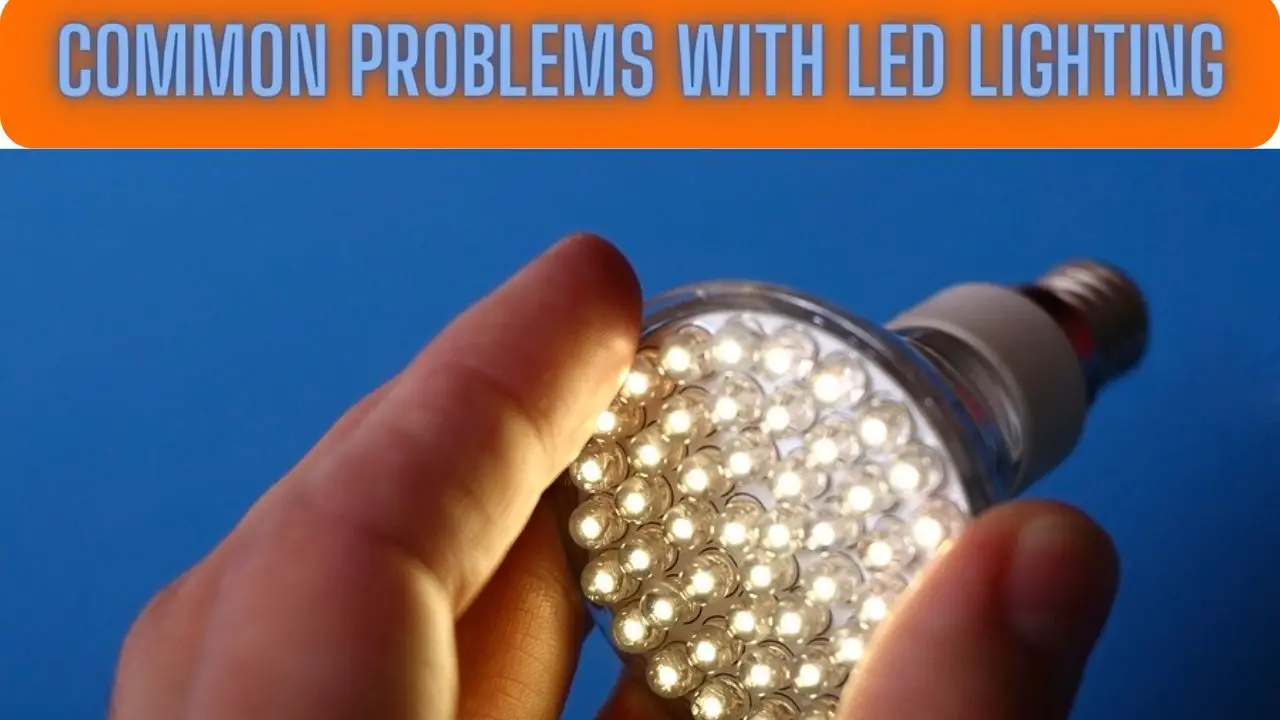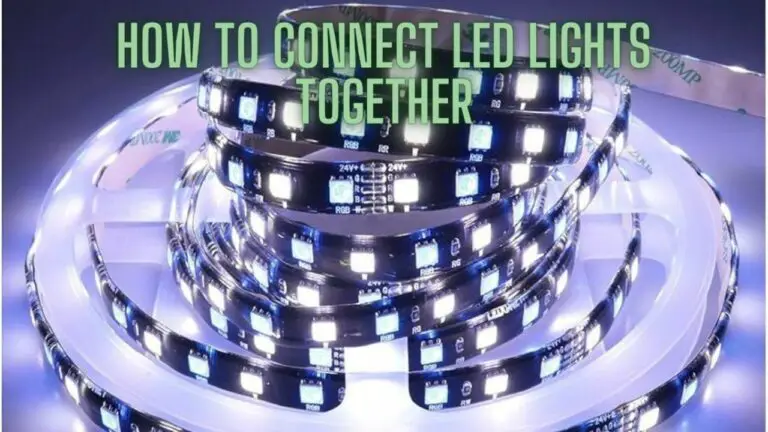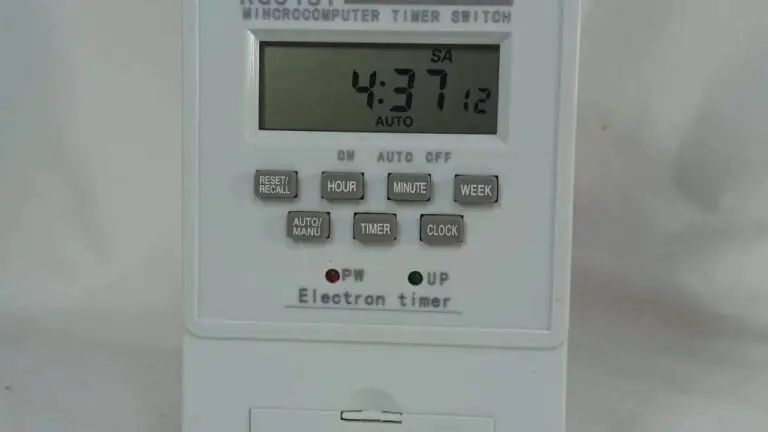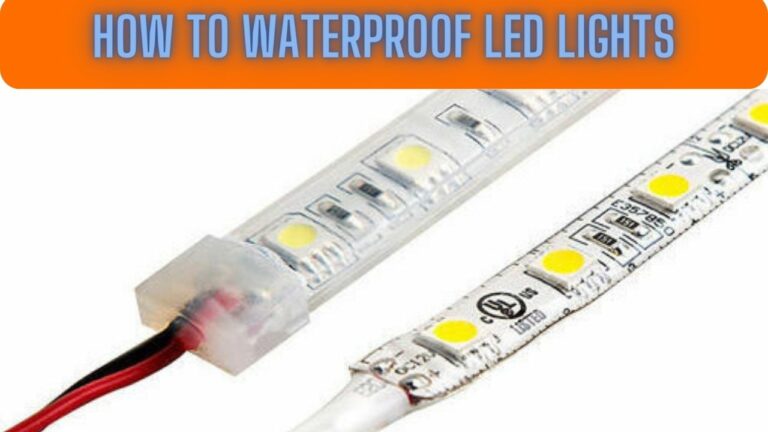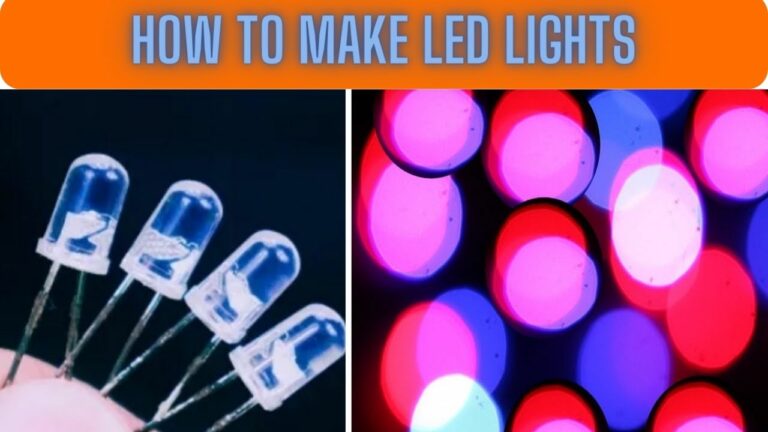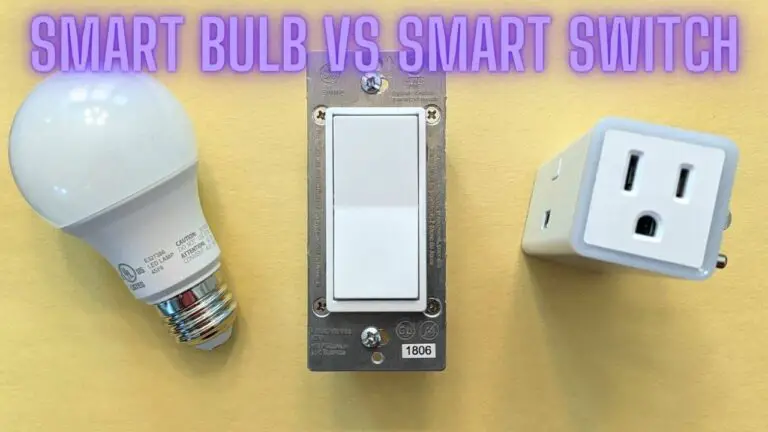Common Problems with LED Lighting
Introduction:
In the dynamic world of lighting technology, Light Emitting Diodes (LEDs) have emerged as a revolutionary and energy-efficient alternative to traditional lighting sources. While LEDs offer numerous advantages, including longevity and energy efficiency, they are not immune to occasional issues. This comprehensive article delves into the common problems that may arise with LED lighting, offering insights into the causes, troubleshooting methods, and tips for ensuring optimal performance. Whether you’re a homeowner, business owner, or lighting enthusiast, understanding these issues can empower you to make informed decisions and enjoy the full benefits of LED illumination.
1. Flickering Lights: Unraveling the Causes and Solutions
One of the most common problems with LED lighting is flickering. This annoying phenomenon not only affects the quality of illumination but can also lead to discomfort and visual fatigue. Flickering in LED lights may stem from various factors, including incompatible dimmer switches, power supply issues, or poor-quality LED drivers. Incompatibility between the LED bulb and the dimmer switch often results in flickering, as do voltage fluctuations. Identifying the root cause is crucial for effective troubleshooting.
2. Compatibility Issues with Dimmer Switches: Shedding Light on Solutions
When it comes to dimming LED lights, compatibility is key. Many traditional dimmer switches are designed for incandescent or halogen bulbs and may not function well with LEDs. In such cases, upgrading to dimmer switches explicitly designed for LED compatibility is recommended. Additionally, ensuring that the LED bulbs themselves are labeled as dimmable is crucial. Dimmable LED drivers and bulbs that are explicitly designed for dimming functions can help mitigate flickering issues and provide a smooth dimming experience.
3. Voltage Fluctuations: Stabilizing the Illumination
Voltage fluctuations in electrical systems can significantly impact the performance of LED lighting. Fluctuations may occur due to issues with the electrical grid, wiring problems, or inconsistent power supply. Installing voltage stabilizers or surge protectors can help regulate the voltage and protect LEDs from damage caused by sudden spikes or drops. Regular electrical maintenance and consulting with a qualified electrician can address underlying wiring issues and contribute to stable LED performance.
4. Color Inconsistencies: Tackling Mismatched Tones
Color inconsistencies, often referred to as color shifting or color flickering, occur when different LED bulbs in the same installation display varying color temperatures. This issue can be attributed to differences in manufacturing processes, quality variations, or the use of incompatible LED bulbs within the same setting. To achieve uniformity in color, it is essential to select LEDs from the same batch and manufacturer. Additionally, using LED bulbs with a consistent Color Rendering Index (CRI) ensures a harmonious illumination that replicates natural light.
5. Overheating and Thermal Management: Preventing LED Burnout
Overheating poses a significant threat to the longevity and performance of LED lights. High temperatures can lead to premature LED failure, reduced brightness, and color degradation. Proper thermal management is crucial to dissipate heat effectively. Adequate ventilation, heat sinks, and ensuring that LEDs are not enclosed in poorly ventilated fixtures contribute to optimal thermal performance. Investing in high-quality LED fixtures that incorporate efficient thermal design can also prevent overheating issues.
6. Poor Quality LED Drivers: Navigating the Impact on Performance
The LED driver serves as the powerhouse behind LED lighting, regulating voltage and current to ensure consistent illumination. Poor-quality LED drivers can result in flickering, dimming issues, or sudden failure. Opting for reputable LED manufacturers and suppliers ensures the use of high-quality drivers that adhere to industry standards. Regular maintenance, periodic driver checks, and consulting with lighting professionals can help identify and replace subpar drivers before they compromise the entire lighting system.
7. Glare and Harsh Lighting: Softening the Illumination
While LED lighting is known for its efficiency, it can sometimes lead to issues of glare and harsh lighting, especially in commercial and outdoor settings. Glare occurs when excessively bright light interferes with vision, causing discomfort. To mitigate glare, selecting LED fixtures with proper shielding, using diffusers, and opting for fixtures with a controlled beam spread are effective strategies. Additionally, adjusting the color temperature of LED lights to a warmer tone can create a more visually comfortable environment.
8. Inadequate Color Rendering: Enhancing Visual Appeal
Color Rendering Index (CRI) is a crucial factor in evaluating how accurately a light source renders colors compared to natural light. Low CRI in LED lighting can result in washed-out or inaccurate colors, impacting the visual appeal of spaces. Choosing LED bulbs with a higher CRI ensures that colors appear more vibrant and true to life. For applications where color accuracy is critical, such as in retail or art displays, selecting LEDs with a CRI of 90 or above is recommended.
9. Lumen Depreciation: Understanding Light Output Decline
Lumen depreciation refers to the gradual decrease in light output over time, a natural characteristic of LED lighting. While LEDs boast an impressive lifespan, they may experience a gradual reduction in brightness. Understanding the concept of lumen maintenance, which is often expressed as L70, L80, or L90, helps gauge the expected lifespan of an LED bulb. Higher-quality LEDs typically have a longer L70 or L80 rating, indicating a slower decline in light output over time.
10. Electromagnetic Interference (EMI): Resolving Signal Disruptions
In some instances, LED lights may generate electromagnetic interference that disrupts electronic signals in nearby devices. This issue is particularly prevalent in poorly shielded LED fixtures. To minimize EMI, selecting fixtures with proper shielding and conforming to electromagnetic compatibility (EMC) standards is essential. For critical applications where EMI is a concern, consulting with lighting professionals and incorporating EMI filters can help create interference-free environments.
11. FAQS
Why do LED lights flicker, and how can I fix it?
LED lights may flicker due to incompatible dimmer switches, voltage fluctuations, or poor-quality LED drivers. To fix flickering, ensure compatibility with dimmer switches, use dimmable LED bulbs, address voltage issues, and invest in high-quality LED drivers.
What causes color inconsistencies in LED lighting?
Color inconsistencies, or color shifting, can occur due to differences in LED manufacturing processes, quality variations, or using incompatible LED bulbs in the same setting. To address color inconsistencies, use LEDs from the same batch and manufacturer with a consistent Color Rendering Index (CRI).
How can I prevent LED lights from overheating?
Overheating in LED lights can be prevented by ensuring proper thermal management. This includes providing adequate ventilation, using heat sinks, avoiding enclosed fixtures without proper ventilation, and investing in high-quality LED fixtures with efficient thermal design.
What is lumen depreciation in LED lighting?
Lumen depreciation refers to the gradual decrease in light output over time, a natural characteristic of LED lighting. It is often expressed as L70, L80, or L90, indicating the percentage of initial light output remaining after a specified period. Higher-quality LEDs have longer L70 or L80 ratings, indicating slower light output decline.
How can I address glare and harsh lighting from LEDs?
Glare and harsh lighting from LEDs can be addressed by selecting fixtures with proper shielding, using diffusers, and choosing fixtures with a controlled beam spread. Adjusting the color temperature of LEDs to a warmer tone can also contribute to a more visually comfortable environment.
Why is color rendering important in LED lighting?
Color Rendering Index (CRI) is crucial in LED lighting as it measures how accurately a light source renders colors compared to natural light. Higher CRI values ensure that colors appear more vibrant and true to life. For applications where color accuracy is critical, such as in retail or art displays, selecting LEDs with a CRI of 90 or above is recommended.
What causes electromagnetic interference (EMI) in LED lighting?
Electromagnetic interference (EMI) in LED lighting may result from poorly shielded fixtures. To minimize EMI, select fixtures with proper shielding and conforming to electromagnetic compatibility (EMC) standards. For critical applications, incorporating EMI filters can help create interference-free environments.
Can I use traditional dimmer switches with LED lights?
Using traditional dimmer switches designed for incandescent or halogen bulbs may lead to flickering issues with LED lights. It is recommended to upgrade to dimmer switches explicitly designed for LED compatibility and ensure that the LED bulbs are labeled as dimmable.
How can I address poor quality LED drivers?
Poor-quality LED drivers can cause flickering, dimming issues, or sudden failure. To address this, opt for reputable LED manufacturers and suppliers that adhere to industry standards. Regular maintenance, periodic driver checks, and consulting with lighting professionals can help identify and replace subpar drivers.
What steps can I take to troubleshoot common LED lighting problems?
To troubleshoot common LED lighting problems, start by identifying the specific issue, such as flickering, color inconsistencies, or overheating. Verify compatibility with dimmer switches, address voltage fluctuations, ensure proper thermal management, select high-quality LED drivers, and consult with lighting professionals for complex issues. Regular maintenance and adherence to best practices can contribute to optimal LED performance.
These FAQs provide insights into common problems with LED lighting and offer guidance on addressing issues for optimal performance and longevity. Understanding the intricacies of LED technology empowers users to make informed decisions and enjoy the benefits of energy-efficient and reliable illumination.
Conclusion: Shedding Light on LED Solutions
As LED lighting continues to dominate the illumination landscape, understanding and addressing common problems is essential for harnessing their full potential. From flickering lights to color inconsistencies, each issue presents an opportunity for improvement and optimization. By investing in quality LED products, ensuring proper installation, and implementing effective troubleshooting strategies, users can enjoy the myriad benefits of energy-efficient, long-lasting, and visually pleasing LED illumination. As technology advances and standards evolve, the future of LED lighting holds the promise of even greater efficiency, reliability, and versatility, illuminating our spaces and lives in once unimaginable ways.
Also Check:
Do LED Lights Get Hot? How Hot Are LED Bulbs
A Comprehensive Guide on How to Install LED Strip Lights
How Long Do LED Lights Last? Unveiling the Illumination Odyssey

